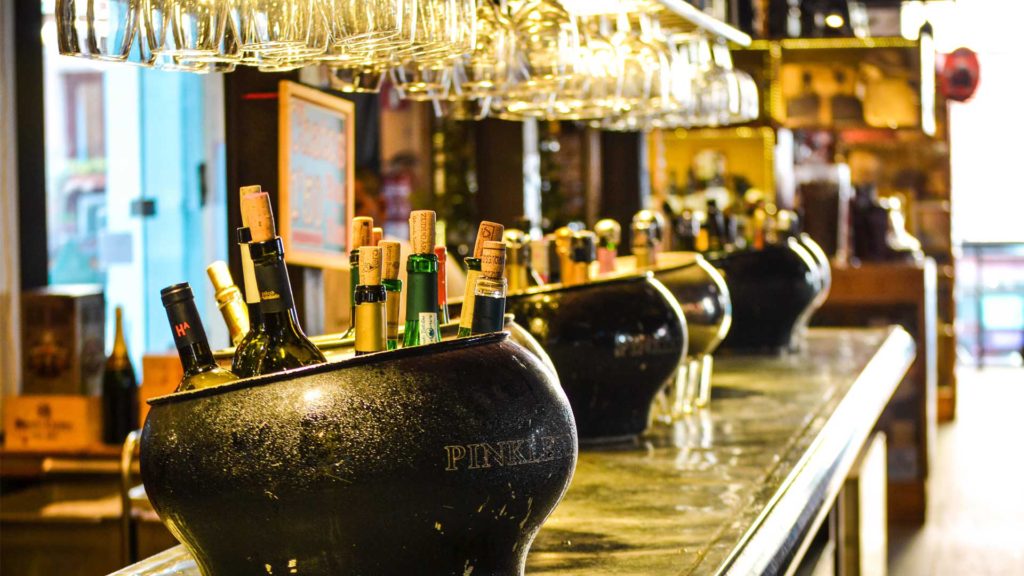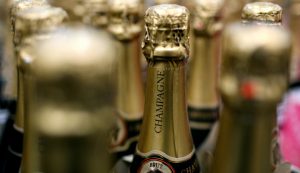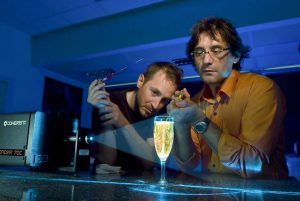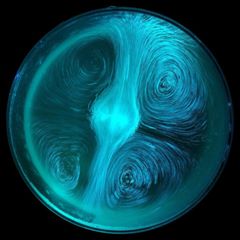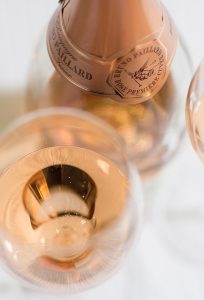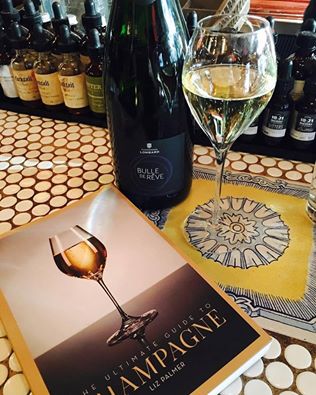 “Great work – Your book is really impressive.”
“Great work – Your book is really impressive.”
“Through this book Liz shows us that the economic success of Champagne is based on passionate people, a long history, landscapes and cities, a real and special “art de vivre!”
After reading this book you will never taste a glass of Champagne the same way”
Thierry Sabon
Winemaker – co owner of the Clos du Mont-Olivet
Président de la Fédération des Syndicats de Producteurs de l’AOC Châteauneuf-du-Pape




